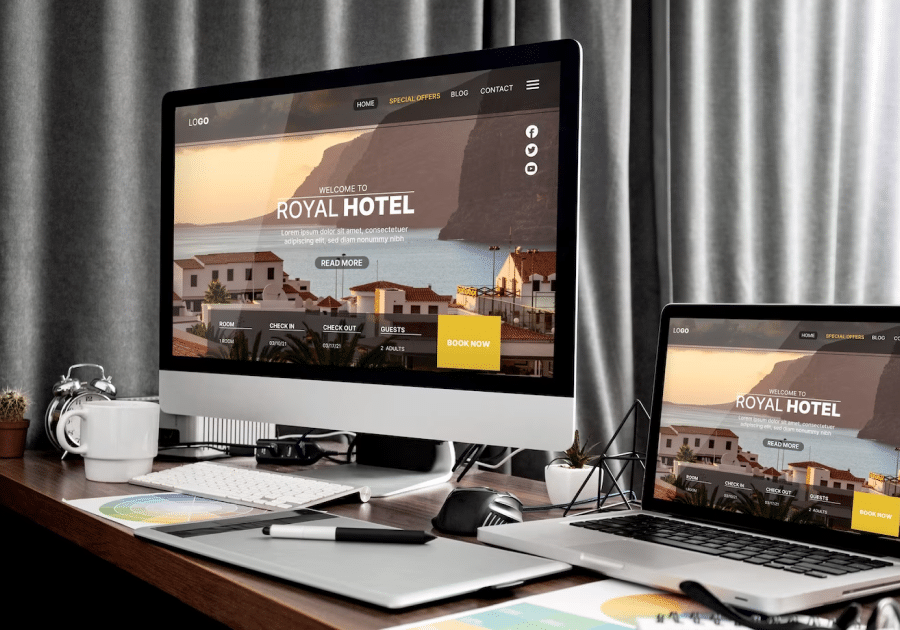In today’s rapidly evolving business landscape, innovation has become a critical driver of success. Whether you’re a startup or a long-established corporation, the ability to innovate is essential for staying competitive and meeting the ever-changing needs of your customers. One of the key ingredients in the innovation recipe is creativity. In this blog post, we’ll delve deep into the role of creativity in business innovation and explore how fostering a creative culture can lead to breakthroughs.

The Foundation of Creativity
Creativity is the wellspring of innovation. It’s the ability to generate novel ideas, solutions, and approaches to problems. In the context of business, creativity is what enables organizations to develop new products, services, processes, and strategies.
Why Creativity Matters in Business
- Problem Solving: Creative thinking allows businesses to tackle complex problems in unconventional ways. It helps in finding solutions that may have been overlooked using traditional methods.
- Competitive Advantage: In today’s hyper-competitive market, standing out is crucial. Creative innovations can set your business apart from competitors and attract customers looking for fresh and unique experiences.
- Adaptability: Creativity is essential for adapting to changing circumstances. It empowers businesses to pivot, evolve, and stay relevant in dynamic markets.
Fostering Creativity in the Workplace
- Cultivate a Creative Culture: Encourage employees to share ideas, experiment, and take calculated risks. Create an environment where innovation is celebrated.
- Diverse Teams: Studies show that diverse teams are more creative. Bringing together individuals with different backgrounds and perspectives sparks creativity.
- Provide Resources: Invest in tools and resources that support creative endeavors. This could include brainstorming sessions, design thinking workshops, or access to cutting-edge technology.
Real-World Examples
Several companies have successfully harnessed creativity to drive innovation:
- Google: Known for its “20% time” policy, Google allows employees to spend a portion of their work hours pursuing personal projects. This has led to innovations like Gmail and Google News.
- Apple: Apple’s design-focused approach, led by the late Steve Jobs, has resulted in iconic products such as the iPhone, iPad, and MacBook.
- Tesla: Tesla’s innovative electric vehicles and sustainable energy solutions are the result of creative thinking in the automotive industry.
The Creative Process
Creativity is not a random occurrence; it can be nurtured through a structured process:
- Preparation: Gather information, immerse yourself in the subject matter, and identify the problem or challenge.
- Incubation: Allow your mind to wander and make connections. Sometimes, taking a break from actively thinking about the problem can lead to insights.
- Illumination: The “aha” moment when a novel idea or solution emerges. This is often followed by…
- Verification: Testing and refining the idea to ensure it’s practical and effective.
Conclusion
Creativity is not a luxury but a necessity for business innovation. It’s the driving force behind groundbreaking products, services, and strategies that propel companies forward. By fostering a culture of creativity, embracing diversity, and providing the right resources, businesses can tap into the immense potential of creative thinking. In an era defined by rapid change, creativity is the compass that can guide your business toward a future filled with innovation and success.









